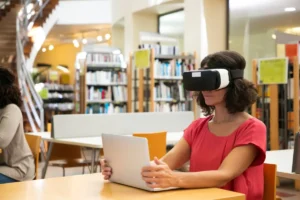The E-commerce Blog
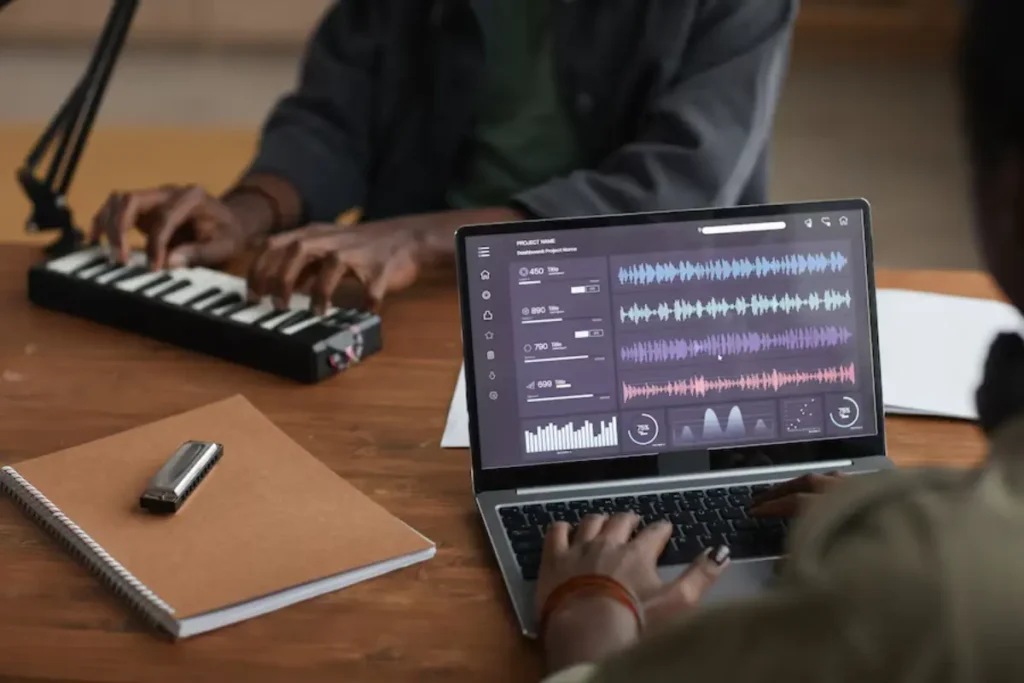
Music Creation with AI Tools
Once upon a time, creating music required a studio, a band, and hours of recording. Today, all you need is an idea — and an AI.
AI music composition is redefining how music is written, produced, and shared. Whether you’re a songwriter, video creator, or simply curious about the future of sound, AI tools are opening new doors for creative expression.
In this guide, we explore how smart music tools are transforming the music industry, how automated songwriting works, and how musicians (and non-musicians) are using these innovations to compose, experiment, and perform.
Why Use AI in Music Creation?
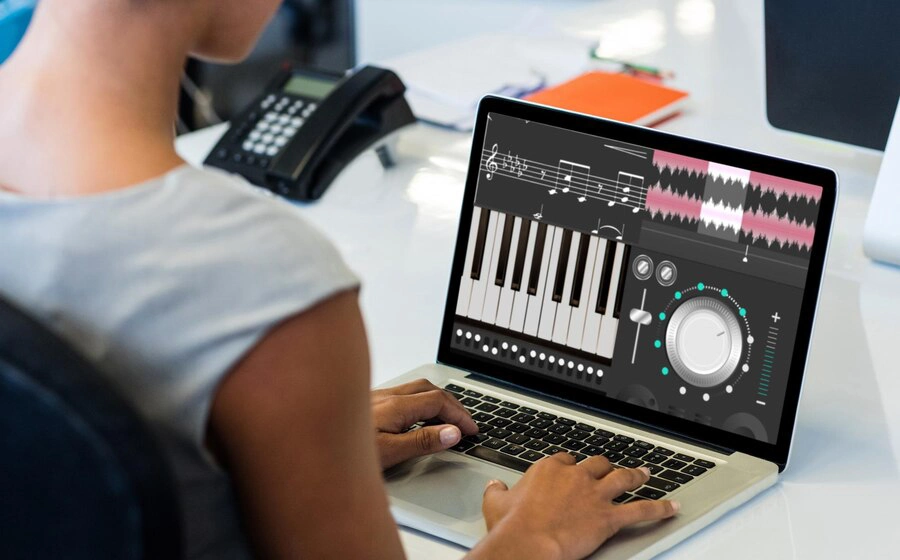
Creating music with AI isn’t about replacing artists — it’s about giving them more options. AI tools help speed up workflows, inspire creativity, and make music more accessible.
Here’s what AI offers:
- Fast composition support
- Customisable mood-based tracks
- Music for podcasts, videos, or games without licensing hassles
- Tools for writing lyrics or suggesting chord progressions
- Experimentation without needing deep musical knowledge
AI tools don’t remove the artist — they enhance what the artist can do.
How AI Music Composition Works
AI music systems use machine learning to analyse thousands of songs, understand patterns, and generate new compositions. These systems are trained on:
- Melody structures
- Rhythm and tempo
- Instrument layering
- Harmonic progressions
- Genre-specific traits
Once trained, the AI creates music in response to inputs like genre, mood, tempo, or even a short melody provided by the user.
Some tools offer full compositions, while others collaborate with you — adding harmonies, beats, or transitions to your ideas.
Smart Music Tools: A New Studio in Your Browser
Here are some of the most popular smart music tools powering the AI music revolution:
1. Amper Music
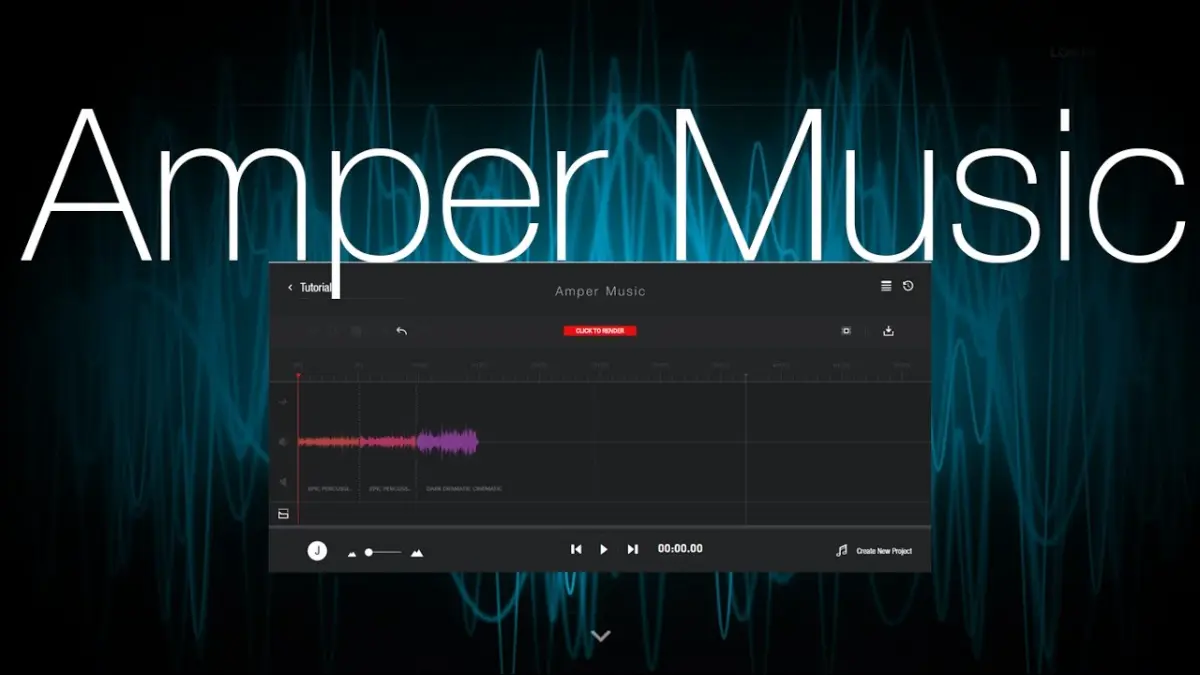
- Create full-length soundtracks by choosing genre, mood, and tempo
- Customise arrangements and instrumentation
- Royalty-free music for content creators
Best for: Video editors, marketers, and anyone needing background music fast.
2. AIVA (Artificial Intelligence Virtual Artist)
- Composes orchestral, pop, and cinematic music
- Used in films, games, and ads
- Allows score editing and MIDI export
Best for: Composers looking for AI-generated inspiration or film scoring.
3. Soundraw
- Users select genre, theme, and length
- AI creates loops and transitions
- Tracks are adjustable based on scene or emotion
Best for: YouTubers and video creators who need adaptive music.
4. Boomy
- Make a song in seconds with just a few clicks
- Choose a style, add vocals, and publish to streaming services
- Includes options for monetisation
Best for: Aspiring musicians and content creators with no musical background.
5. MuseNet (by OpenAI)
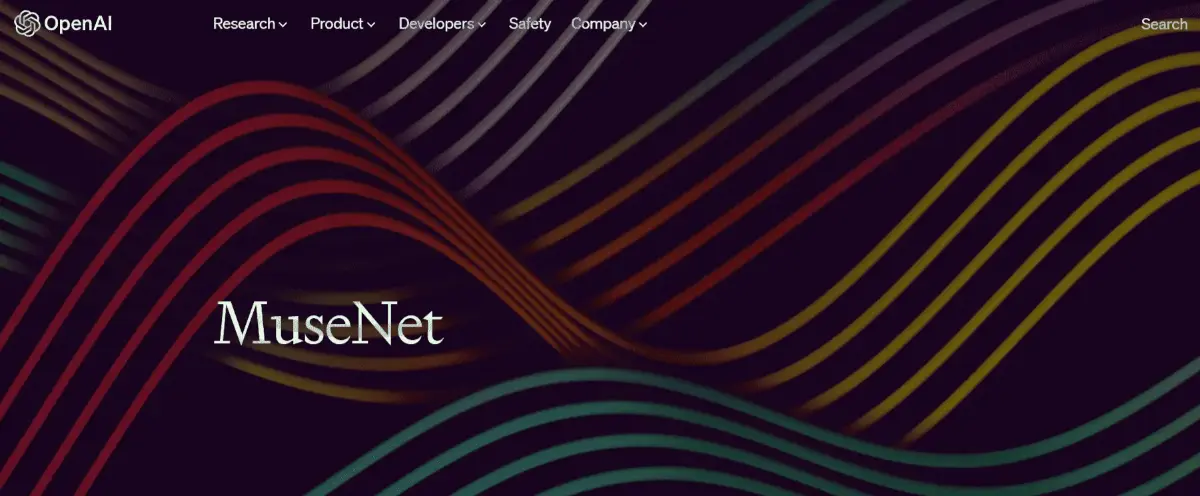
- AI trained on diverse music styles
- Generates compositions in classical, jazz, or pop
- Blends genres and instruments in unique ways
Best for: Experimental artists and researchers exploring musical fusion.
AI Tools for Automated Songwriting
Writing lyrics can be just as tricky as composing melodies. That’s why automated songwriting tools are gaining popularity. These systems generate lyrics, suggest rhymes, or help shape song structure.
Examples include:
- These Lyrics Do Not Exist: Randomly generates lyrics by mood and genre
- Jukebox by OpenAI: Produces raw audio samples including lyrics and vocals
- Song Lyrics Generator: Offers theme-based templates and rhyming suggestions
These tools are especially useful for breaking writer’s block or sparking new ideas.
Real-Life Use Cases of AI in Music
Independent Artists
Solo musicians use AI to create backing tracks, generate beats, or compose instrumental sections they can’t perform themselves. It’s like having a virtual collaborator.
Film and Game Developers
Need ambient music or dramatic tension? AI tools generate emotion-driven soundtracks that adapt to the scene — without the cost of hiring a composer.
Content Creators
Podcasters and YouTubers turn to AI music composition for copyright-free background music that fits the mood and tone of their projects.
Educators and Students
Music teachers use AI tools to help students understand structure, composition, and style. Students can experiment with sounds quickly and see how different elements work together.
Benefits of AI-Powered Music Creation
1. Accessibility
You don’t need to know how to read music or play an instrument. Anyone can make music — instantly.
2. Speed
Create a full soundtrack or beat in minutes, perfect for tight production schedules.
3. Inspiration
AI can suggest chord progressions, lyrics, or variations you might not have considered.
4. Consistency
Need a specific vibe across multiple tracks? AI tools maintain a consistent tone and style for your brand or project.
5. Cost Efficiency
Hiring musicians, producers, or composers can be expensive. AI offers a budget-friendly alternative.
Challenges and Considerations
While smart music tools offer exciting opportunities, they also raise some questions.
Creativity vs Automation
Can music created by AI still be considered “art”? Some say yes — others worry it might make music feel soulless. The answer often lies in how AI is used: as a tool, not a replacement.
Quality and Originality
AI-generated music may lack the emotional nuance or originality of human-created songs. However, as systems improve, this gap continues to close.
Copyright and Ownership
Who owns AI-created music? The user? The tool? This is still being debated, especially in legal circles. Always read the fine print on licensing when using AI-generated music commercially.
Dependence on Templates
Some tools use pre-set structures. Overuse can lead to generic-sounding tracks. Mixing AI output with human creativity helps keep things fresh.
Start Making Music with AI
If you’re ready to explore AI music composition, here’s a step-by-step guide:
Choose Your Tool
Select a platform based on your needs — full composition (Amper), lyric help (These Lyrics Do Not Exist), or creative exploration (MuseNet).
Set Your Preferences
Pick a genre, tempo, and mood. Add any customisation like instruments or length.
Preview and Adjust
Listen to what the AI generates. Make edits, swap sections, or tweak the mix if the platform allows.
Add Human Touch
Sing over the track, layer real instruments, or refine the lyrics. Use AI as a base — not a full substitute.
Export and Use
Download your track and use it in your project. Make sure it’s cleared for commercial use if needed.
The Future of AI in Music
As AI continues to evolve, we’ll see even more exciting developments in smart music tools:
Emotion Recognition
AI could adjust music based on your mood — creating live soundtracks for workouts, relaxation, or focus.
Interactive Music
Games and apps will use AI to adjust music in real time based on what you’re doing.
Collaboration with Artists
Some producers already use AI to suggest ideas mid-session. Expect to see more joint projects between musicians and algorithms.
Real-Time Composition
Live performances may include AI-generated loops or harmonies that adapt to the crowd or tempo.
Composing with Code
AI music composition is no longer a futuristic concept — it’s here, and it’s changing how we create. From film scores to viral songs, smart music tools are helping people of all skill levels make, edit, and share music like never before.
Whether you’re a beginner looking for inspiration or a pro exploring new creative pathways, automated songwriting opens a world of possibilities. AI isn’t replacing artists — it’s expanding what’s possible in sound.
For your next read, Click Here!






